The Black Guinea Fowl (Agelastes niger) is a rare and fascinating bird species native to the dense tropical forests of West and Central Africa. It belongs to the Numididae family, which includes other guinea fowl species, but it stands out due to its predominantly black plumage and reclusive behavior. This species is found in countries such as Nigeria, Cameroon, Gabon, and the Democratic Republic of Congo, thriving in lowland rainforests where human disturbance is minimal. Its secretive nature and unique ecological role make it a subject of interest for ornithologists and conservationists.
Physical Characteristics
The Black Guinea Fowl is medium-sized, measuring about 40–45 cm (16–18 inches) in length. True to its name, its feathers are uniformly black or very dark grey, giving it a sleek and glossy appearance. The bird’s head and upper neck are bare, featuring a reddish or pinkish hue to the skin, which contrasts with its dark body. This bare skin is thought to help with thermoregulation in its humid environment. Its legs are sturdy and adapted for walking and scratching through the forest floor, while its beak is short and curved, ideal for its omnivorous diet.
Behavior and Social Structure
Black Guinea Fowl are highly elusive and shy birds that primarily dwell on the forest floor. They are rarely seen in flight, preferring to run swiftly when disturbed. These birds are diurnal, foraging during the day and roosting in trees at night to avoid predators.
Socially, Black Guinea Fowl are known to form small groups or flocks, usually consisting of family members. Within these groups, they communicate using a variety of vocalizations, including clucks, whistles, and repetitive calls, which help them maintain cohesion in the dense forest undergrowth.
Diet and Foraging
Like other guinea fowl species, the Black Guinea Fowl has an omnivorous diet. It forages by scratching through leaf litter to uncover seeds, fruits, insects, and small invertebrates. This foraging behavior makes them vital contributors to their ecosystem, as they assist in seed dispersal and help control insect populations. Their diet may also include small vertebrates and other opportunistic food sources, depending on availability.
Habitat and Distribution
The Black Guinea Fowl inhabits dense tropical rainforests, particularly in regions with a humid climate and abundant undergrowth. It is most commonly found in primary forests but can also adapt to secondary forests if sufficient cover and resources are available. The bird’s range extends across West and Central Africa, from southern Nigeria and Cameroon to Gabon and the Congo Basin. However, its distribution is patchy due to habitat fragmentation and localized threats.
Reproduction and Breeding
Due to the species’ secretive nature, detailed information on its breeding habits is limited. It is believed that the Black Guinea Fowl nests on the ground in concealed areas, laying clutches of 4–8 eggs. The female incubates the eggs while the male provides protection and occasionally food. Chicks are precocial, meaning they are able to move and forage shortly after hatching, although they remain under parental care for a period of time.
Conservation Status
The Black Guinea Fowl is currently classified as Near Threatened on the IUCN Red List. The primary threats to its survival include habitat destruction caused by deforestation, agriculture, and logging, as well as hunting for bushmeat. Its preference for dense forests makes it particularly vulnerable to habitat loss, as these areas are often targeted for human development.
Ecological Importance
This bird plays a significant ecological role in the forest ecosystems it inhabits. By dispersing seeds through its diet and controlling insect populations, the Black Guinea Fowl contributes to forest regeneration and balance. Its presence is an indicator of healthy forest environments, making it a key species for conservation efforts.
Conservation Efforts
To protect the Black Guinea Fowl, conservation measures focus on preserving its natural habitat and reducing hunting pressure. Protected areas such as national parks and forest reserves are critical for safeguarding its populations. In addition, raising awareness among local communities about the species’ ecological importance can help mitigate hunting and habitat destruction. Continued research is also essential to better understand its behavior, ecology, and breeding patterns, which can inform more targeted conservation strategies.
Conclusion
The Black Guinea Fowl is a remarkable and enigmatic bird that embodies the rich biodiversity of Africa’s tropical rainforests. Despite its challenges, this species plays a vital role in its ecosystem and deserves focused conservation efforts to ensure its survival. Protecting the Black Guinea Fowl not only benefits the species itself but also helps maintain the overall health and resilience of its forest habitat.

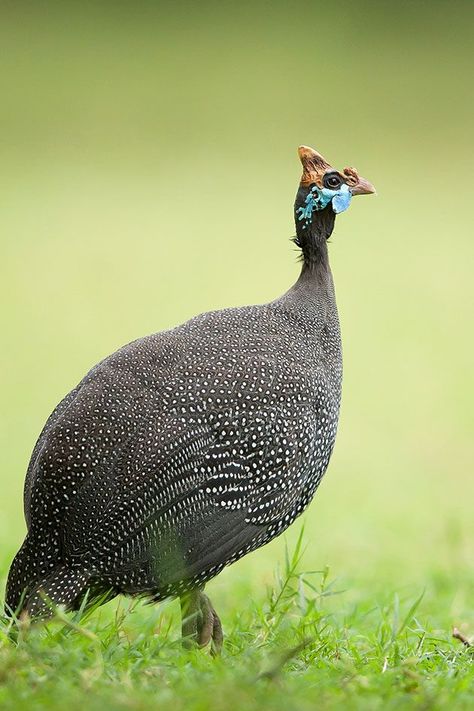
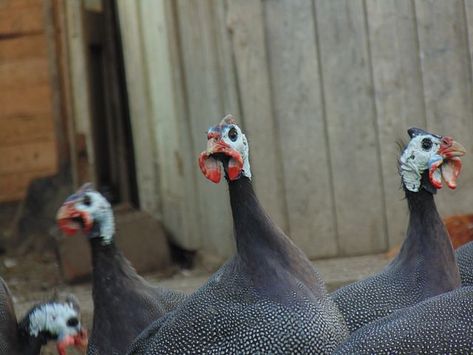
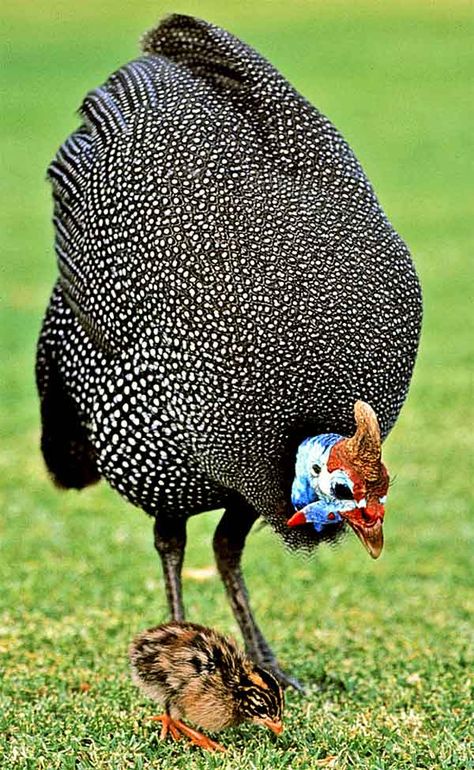

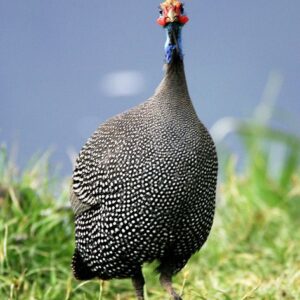
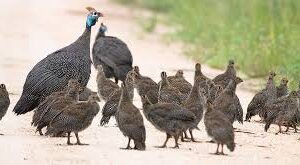
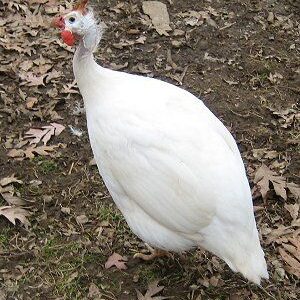
Reviews
There are no reviews yet.